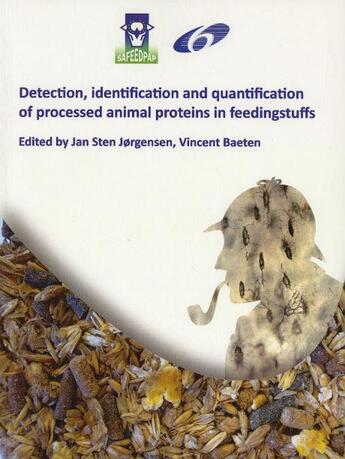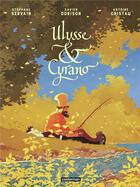Résumé:
This book aims to summarize the state of the art of the different issues regarding the detection, identification and quantification of processed animals proteins (PAP) in feedingstuffs. It has been written in such a way that could be useful for the implementation of the discussed methods in the... Voir plus
This book aims to summarize the state of the art of the different issues regarding the detection, identification and quantification of processed animals proteins (PAP) in feedingstuffs. It has been written in such a way that could be useful for the implementation of the discussed methods in the control and research laboratories. For each method discussed, a short description of the technique is given with references to other relevant books and websites useful to the reader to get more in depth. Special emphasis has been put on the rules and tricks that have to be respected for the correct application of the techniques for the analysis of processed animal proteins in feedingstuffs. The potential of each method (including the fit for purpose and robustness) as well as future perspectives are discussed.
This book has been written during the 2009-2010 period by several experts coming from research, control and feed laboratories and has the ambition to be a reference for the correct implementation and development of methods in laboratories performing or planning to perform the detection, identification and/or quantification of processed animal proteins in feendingstuffs.
This book includes three sections. The first section is devoted to the feed chain specificity, the processed animal proteins history, the legislative aspects as well as the analytical needs. The second section of this book concerns the analytical methods aiming the detection of particles of animal origin (i.e. classical microscopy, NIR infrared microscopy and NIR imaging methods). The third section is focused on methods aiming the detection of DNA (i.e. PCR) and proteins (i.e. Immunology, HPLC/MS) as well as the combination of techniques.
Donner votre avis














